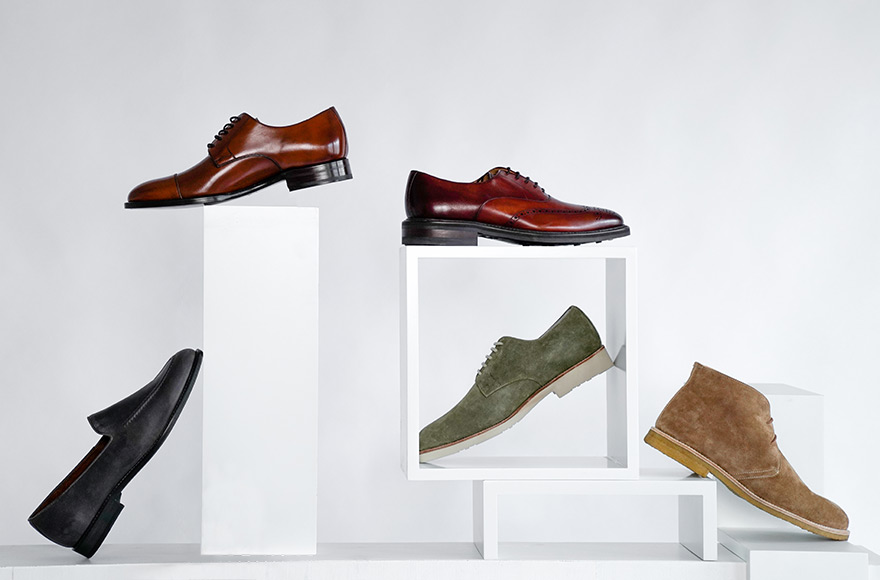 Although these centuries seem dark and sinister with the gift of hindsight, the Middle Ages were nevertheless a time in which footwear truly flourished. New types of shoes were introduced, heels were invented, and even Goodyear-welted shoes were developed during this period.
Although these centuries seem dark and sinister with the gift of hindsight, the Middle Ages were nevertheless a time in which footwear truly flourished. New types of shoes were introduced, heels were invented, and even Goodyear-welted shoes were developed during this period.
During the Middle Ages, or 500 – 1500 A.D., leather shoes were made using the turnshoe production method in Northern and Central Europe. This has been confirmed by archaeological finds dating back to this period as well as by contemporary artistic depictions.
Making turnshoes involves turning the shaft and sole inside out and stitching them together. The shoes are then worn with the other side facing outwards. This production method has a great advantage in that the seams lie protected on the inside of the shoe. However, it has a disadvantage in that it can only be used on certain types of leather; only light and flexible types of leather can be used to make shoes this way. Reinforcements, such as additional partial soles, are stitched on after the shaft and sole have been combined.
Social class was indicated by toe length
During the Middle Ages shoes with various kinds of closures or openings were already in existence. There were shoes with lacing-, buttons-, slip-on shoes, and straps. In terms of shoe design, the 11th and 12th centuries were dominated by conically tapering shoe tips and pointy heels. In the 14th and 15th centuries these features were integrated into the notorious Crakow shoe. The toes of these shoes bent upwards and ended in a fine point known as a "poulaine''. The length of the toe served as a striking indicator of the wearer's social status. Toe length was strictly regulated. For example, princes and earls wore poulaines with a length of 2.5 feet, while knights had to make do with a length of 1.5 feet. Regular citizens and farmers wore shoes with a poulaine length of a mere half a foot. In order to protect these delicate shoes from dampness and cool temperatures, they were sometimes mounted onto wooden platforms known as pattens.
Goodyear welting already existed in the Middle Ages
Remarkably, it appears that the Goodyear welting shoe production method had already been developed by the late Middle Ages. It is still used to produce quality shoes today. There are clear indications that Goodyear welting was already being used in the 15th century. This production method was used to create new types of shoes that differed drastically from the models detailed above, among other purposes. Broad shoes with short toes, such as duck's bill shoes, cow-mouth shoes, and bear claw shoes, first became fashionable in the 16th century and were all Goodyear-welted. Kid leather was already being used to make shoe shafts in the 11th and 12th centuries, and remains a highly prized shoe material to this day.
Heels were developed in the 16th century. First created in Spain, women's shoes with platform-like soles spread to England, France, and Italy. The most extreme platforms were the chopines, which were worn in Venice. They featured heels measuring up to 40 centimetres—those wearing them needed to be accompanied by a server or use poles to avoid falling over. Chopines were definitely not conducive to healthy feet.
Although all shoes were heelless up, until this time, in the 17th century both men and women wore heels. For men, heels offered an increase in height— the 16th-century Ludwig XIV, for one, was known for enhancing his stature with platform shoes. Heels lent women an erotic gait, thanks to the way that they changed the posture of the wearer.
Important Eras of shoe history
Handmade Leather Shoes at Shoepassion.com
Classic Shoes for men & women ★ Various styles & designs ★ High quality ★ Fair & sustainably produced in Europe ★ Exellent value for money ★ Many models on sale













